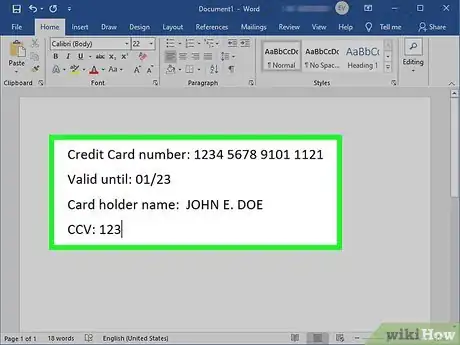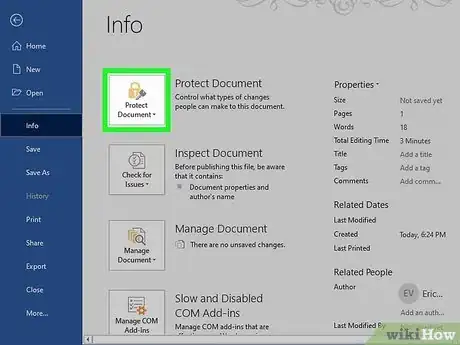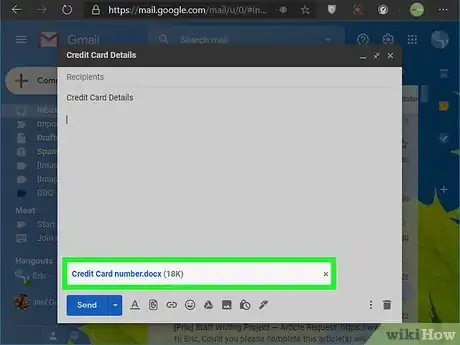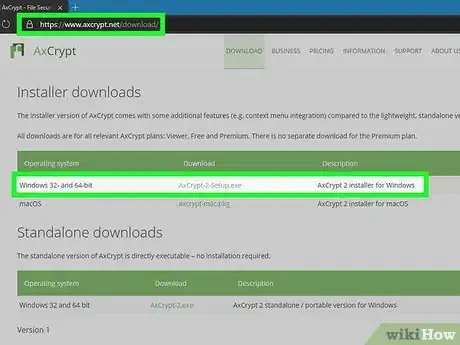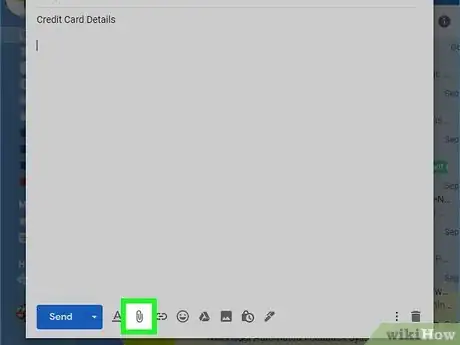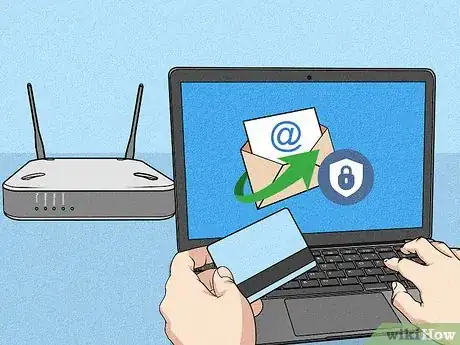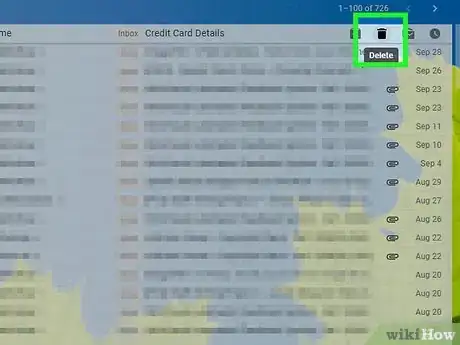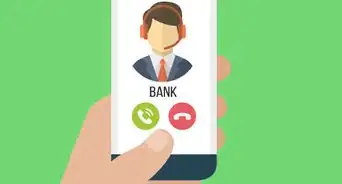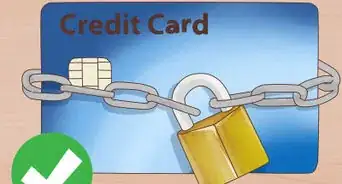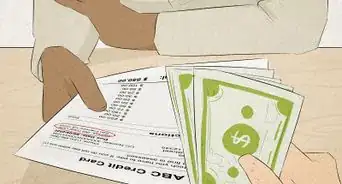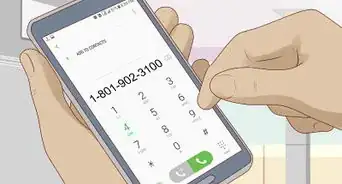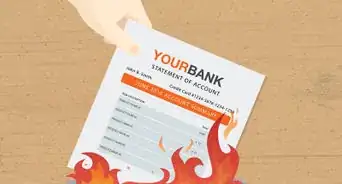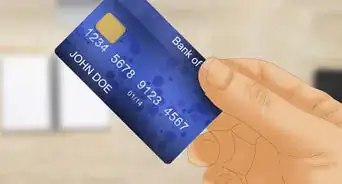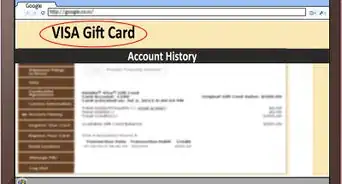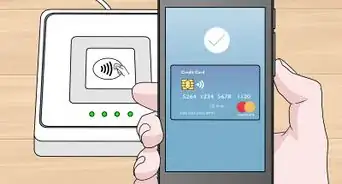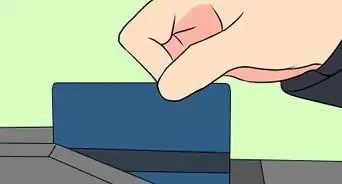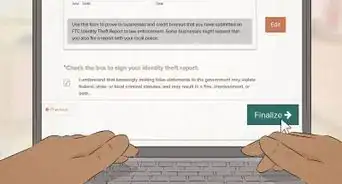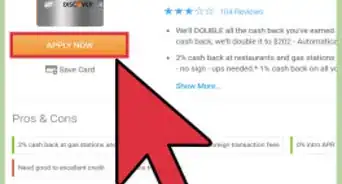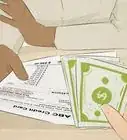This article was co-authored by wikiHow Staff. Our trained team of editors and researchers validate articles for accuracy and comprehensiveness. wikiHow's Content Management Team carefully monitors the work from our editorial staff to ensure that each article is backed by trusted research and meets our high quality standards.
There are 9 references cited in this article, which can be found at the bottom of the page.
This article has been viewed 81,195 times.
Learn more...
There might be all kinds of reasons you want to send your credit card information through email, ranging from buying something to making reservations. It's quick, easy, and convenient. However, email isn't the most secure way to send your credit card information. If you can avoid it, it’s best to use a different method like fax, a phone call, or a secure website to share your information.[1] However, if you have no choice and need to send your credit card information with an email, then some precautions can make the exchange safer.
Steps
Creating Secure Files
-
1Put your credit card information in a separate text document. Never paste your credit card information into the actual email body. Instead, attach the information with a secured file. Create a separate text file in a program like Microsoft Word, and type in your credit card information there. Then save that file to your computer.[2]
- This works with MS Word, or whichever text editor you use on your computer.
-
2Secure the file with a password. Your information isn't safe if you send it without any encryption. Luckily, password-protecting a file is very easy. The process is a bit different depending on what program you use.
- The best thing to do is create a secure zip file, the most secure type of file. First, download free software that uses AES (Advanced Encryption Standard), the strongest encryption type. A popular free program is 7-Zip. Then right-click on the file and select the software to create a secure zip file. Set a strong password for the file to protect your information.[3]
- For Microsoft Word, open the file and click File, then Info. Click Protect Document and then select Encrypt with Password. Type in your password and press OK to protect your document.[4]
- You can also protect PDFs. Open the PDF and click Tools. Select Protect, then Encrypt, then click on Encrypt with Password. Type in your password and click OK to secure the file. You may also need to select an encryption type that’s compatible with the recipient’s version of Adobe. If you don’t know what version they have, make sure you ask first so they can view the document.[5]
Advertisement -
3Share the file password with the email recipient securely. The person you’re sending the file to will also need the password to see your information. Tell them in a non-written way like with a phone call. This way, they can open the file when they receive it.[6]
- Don't email them the password. If you email it, then the information isn’t secure and someone else could get access to your information.
Encrypting and Sending the Email
-
1Download an email encryption software. Even if you’re sending encrypted files, encrypting the email provides an extra layer of protection for your information. Get a free email encryption software like VeraCrypt or AxCrypt by visiting the software site and downloading the program.[7] Then click on the downloaded file and run it to install it onto your computer. Enable it while you’re sending your credit card email to protect its contents.
- The exact installation process depends on what program you use. The program should walk you through the installation and provide instructions.[8]
- You’ll have to set a password for your protected email, so be sure you let the recipient know in a secure way.
- Some email servers like Outlook have built-in encryption that you could use. However, these are less secure than downloading an encryption software, and the recipient needs to use the same program to read your message.[9]
- Some email encryption software can also protect the files attached to the email. In this case, you might not have to encrypt the files yourself.
-
2Attach the secure file to the email. Attaching a secure file is the same as attaching any other file to an email. Click Attach File, or the particular button that your email server uses, and select the file with your credit card information.[10]
- Remember that attaching a protected file is much safer than typing your card number directly into the email body, even if the email is protected.
-
3Send the email from a secured Wi-Fi network. Never send sensitive emails like this from a public Wi-Fi network. Hackers could monitor unsecured networks and steal your information. Work from your home Wi-Fi network and make sure the network is password-protected. This helps keep hackers out and prevents them from reading your sensitive emails.[11]
- If your network isn't password-protected, call your service provider to set this up. You should also change the name of the network when you get it to confuse hackers.
- You could also plug your computer into your internet wall jack with an ethernet cable for more security. A physical connection is much harder to hack.
-
4Delete the email after you send it. It’s always possible that a hacker will gain access to your email account. If they do, then your whole email history is at risk, including your credit card information. Delete the email as soon as it sends so it doesn’t show up in your history.[12]
- If you need a record of the email, write down the date and time that you sent it.
- It’s generally a good practice to delete any emails that have sensitive information, not just your credit card.
-
5Ask the recipient to delete the email after they view it. The recipient’s email account could also be hacked, and your email will be in their history. Instruct the recipient to delete the email with your information as soon as they’ve gotten your credit card information.[13]
- In some businesses and organizations, deleting any emails with financial information is standard practice.[14]
- Unfortunately, you can’t always guarantee that the other person will be careful with your information. This is another reason why sending your credit card over email isn’t the best idea.
- Emails may also be stored on several servers while in transit, so even if you and the recipient delete the email, it might not be gone entirely.[15] This is why encryption is important.
Warnings
- Even with all of this protection, your credit card information is still not 100% safe if you send it via email. If you can avoid it, don’t send your information through email.⧼thumbs_response⧽
- If you do think your credit card number was stolen, then don't waste any time. Report the fraudulent charges to your bank right away.⧼thumbs_response⧽
References
- ↑ https://www.nerdwallet.com/article/credit-cards/sending-credit-card-information
- ↑ https://www.pcworld.com/article/193892/secure_info_internet.html
- ↑ https://www.pcworld.com/article/2954590/how-to-encrypt-and-password-protect-zip-files-the-right-way.html
- ↑ https://home.treasury.gov/how-to-encryptpassword-protect-microsoft-office-and-adobe-acrobat-pdf-documents
- ↑ https://home.treasury.gov/how-to-encryptpassword-protect-microsoft-office-and-adobe-acrobat-pdf-documents
- ↑ https://www.nerdwallet.com/article/credit-cards/sending-credit-card-information
- ↑ https://www.nerdwallet.com/article/credit-cards/sending-credit-card-information
- ↑ https://www.hkcfp.org.hk/Upload/Documents/EXIT/VeraCryptUserguide.pdf
- ↑ https://www.pcworld.com/article/193892/secure_info_internet.html
- ↑ https://www.pcworld.com/article/193892/secure_info_internet.html
- ↑ https://www.consumer.ftc.gov/articles/0013-securing-your-wireless-network
- ↑ https://www.azcentral.com/story/money/business/2014/05/14/safely-send-credit-card-information-via-e-mail/2140166/
- ↑ https://www.nerdwallet.com/article/credit-cards/sending-credit-card-information
- ↑ https://finance.columbia.edu/files/gateway/content/treasury/Sending%20Credit%20Card%20Information%20over%20Email%20FAQ.pdf
- ↑ https://www.nerdwallet.com/article/credit-cards/sending-credit-card-information
- ↑ https://www.pcworld.com/article/223787/mailed_credit_card.html
